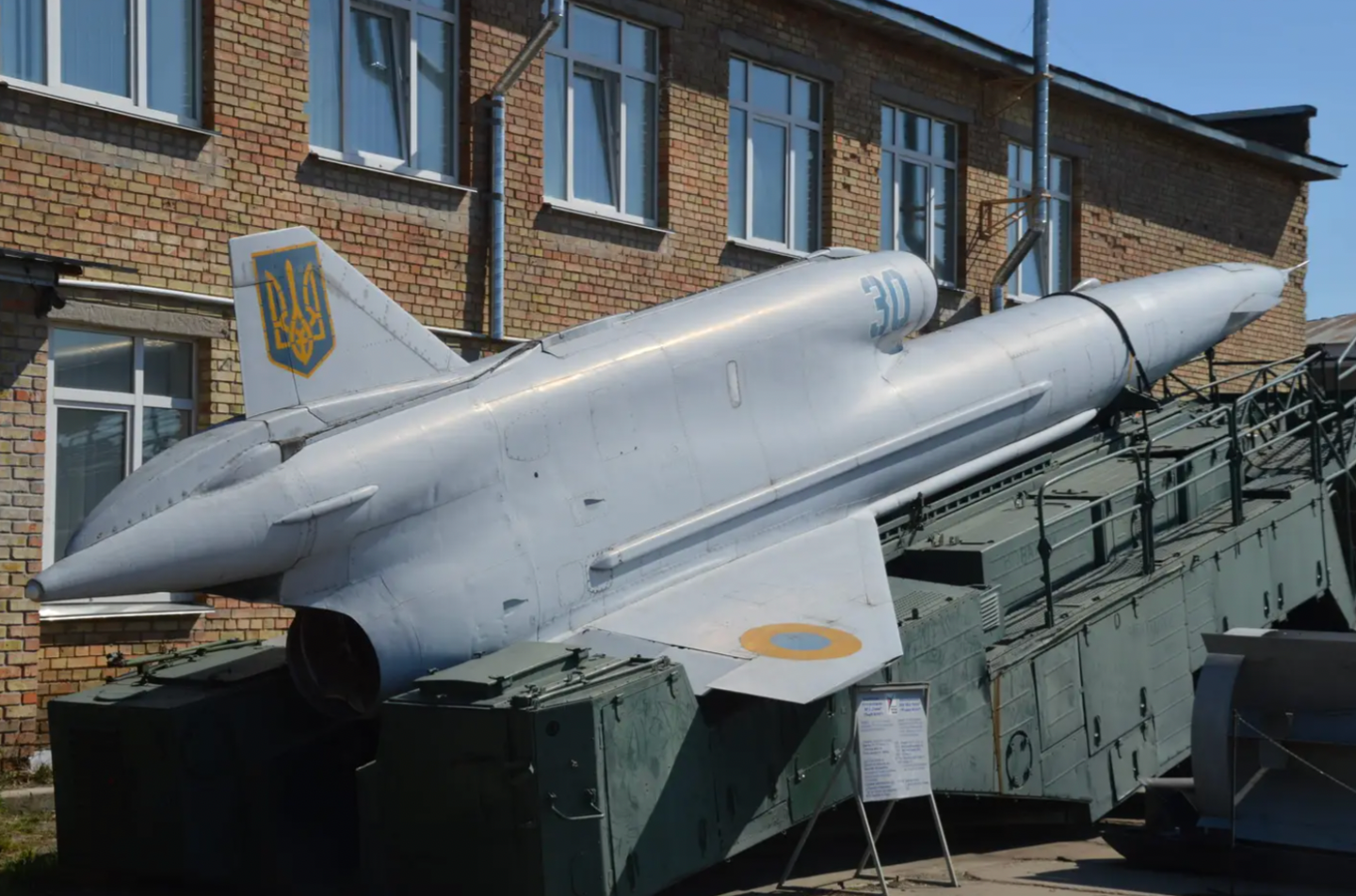Recently, satellite imagery from deep inside Russian territory revealed that the Russian Aerospace Forces (VKS) had amassed several nuke-capable Tu-160 and Tu-95 bombers at its Engels-2 Air Force Base (AFB).
The news deeply alarmed Ukraine officials about an imminent Russian air raid and caused air raid sirens to blaze across the country. The Armed Forces of Ukraine (AFU), which had already been pushed to the wall with Russian missile attacks, must have hatched a plan to rattle the Kremlin.
On December 5, two Russian AFBs – Engels and Dyagilevo came under attack by what was believed to be drones fired by Ukraine. Incidentally, these Air Bases are closer to the Russian capital Moscow than they are to Ukraine.
The Russian Ministry of Defense (MoD) said in the aftermath of the attack that it was carried out using modified Soviet-era Unmanned Aerial Vehicles (UAVs). Even though it did not specify which drone was responsible for the attack, military experts were quick to decipher that the drone in question was likely the Tu-141 Strinzh.
Even though the damage is not considered enormous, it has demonstrated that Ukraine has conquered a fundamental limitation plaguing its military operations, i.e., long-range strikes.
Engels and Dyagilevo, home to Russia’s long-range strategic bombers, lie in Russia’s depths and not too far away from the Russian capital.

The effect of this attack, thus, is believed to have been profound and was expectedly followed by another intense missile attack from Russia.
It is pertinent to note that, overcoming its shortcomings, Ukraine has successfully turned the table on Russia after being repeatedly targeted by Russian drones and missiles for weeks.
Until now, most reported Ukrainian attacks on Russian airbases have been limited to locations much closer to Ukraine’s borders, i.e., Crimea or regions inside Russia that was far easier to reach with modified ‘kamikaze’ drones or short-range ballistic missiles.
The United States and other NATO allies have paid little heed to Ukraine’s request for long-range armor, including the long-range MGM-140 Army Tactical Missile System (ATACMS). A recent report revealed that the ‘game-changing’ HIMARS delivered to Ukraine had their range curtailed by the US to avoid an unprecedented escalation.
On its part, while still using military assistance from the West, Ukraine has also evidently turned to its roots and is now using Soviet-era weaponry.
Direct Hit Close To The Heart Of Russia
In late June, a Ukrainian Tu-143 drone, closely related to the Tu-141 albeit with a much shorter range, was shot down in western Russia. However, the modified Tu-141, which was likely behind the recent attack on Russian Air Bases, has already demonstrated its capability to travel a very long range in the past.
In March this year, a bizarre incident occurred in which a Tu-141 Strizh reconnaissance drone, repurposed with an apparent warhead, crash-landed in Zagreb, Croatia.
The drone flew nearly 350 miles from the Ukrainian border to Croatia’s capital. It is believed to have a total range of more than 600 miles – enough to strike cities’ military facilities and Control and Command centers inside the humongous territory of Russia.
Ukraine has been eyeing this capability for a long time because sending its limited combat aircraft like the Su-24 or Su-25 into Russian airspace would be a death knell for an already cornered air force.
Since the attack was launched in February, Kyiv has had to take out several Soviet-era fighter jets from storage to fill in the deficit in its air power.
In October, the Ukrainian arms manufacturer Ukroboronprom revealed that the development of a kamikaze drone with a 1000-kilometer range and 75-kilogram warhead was almost complete, as previously reported by EurAsian Times.
A month later, in November, Ukroboronprom published a post saying, “The next stage of UAV testing – On behalf of the Chief of the General Staff, we are getting ready for flight tests under the action of electronic warfare. Weather, on the one hand, becomes a problem; on the other hand, it’s an additional test for the complex. A kind of crash test.”
Drones can readily traverse the most contested airspace, especially on suicide missions. This is usually achieved by exploiting terrain cover, Nap of Earth (NOP) flight, and routing to avoid radars, observation posts, and populous regions, among other things. Only tips from deeply embedded intelligence operatives can aid in preventing such attacks, as observed by Squadron Leader Vijainder K Thakur (retd) writing for EurAsian Times.
Ukraine released a video from today’s attack on Sevastopol. It shows a naval drone targeting the Black Sea Fleet’s Admiral Makarov Project 11356 frigate, which Russian sources said was damaged (it replaced the Moskva as the Black Sea Fleet’s flagship). https://t.co/zdAeWUvDrb pic.twitter.com/TNnIu4OIap
— Rob Lee (@RALee85) October 29, 2022
This also became apparent in November when Ukraine unleashed a maritime suicide drone attack on Sheskharis Harbor in Russia’s Black Sea port of Novorossiysk, a significant Russian naval base and oil terminal.
The attack had signaled Ukraine’s expanding capabilities as Novorossiysk was farther from the Ukrainian-held territory of Odesa than Russia’s strategic port Sevastopol.
Ukraine has once again proved its capacity to occasionally strike deep into Russia with the Strizh, causing some fair damage. However, it is currently impossible to predict the number of Stinzh UAVs in its arsenal to carry forward the momentum and frequency of these long-range attacks.
According to the Russian Defense Ministry, the two bases hit beyond the reach of Ukraine’s declared drone arsenal. Thus, it could be safe to assume that Russia could be caught off-guard by this capability demonstration by the embattled AFU troops.
- Contact the author at sakshi.tiwari9555 (at) gmail.com
- Follow EurAsian Times on Google News